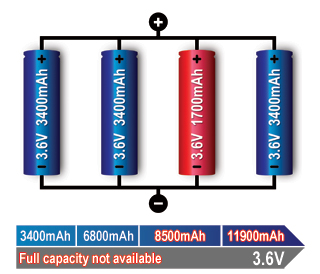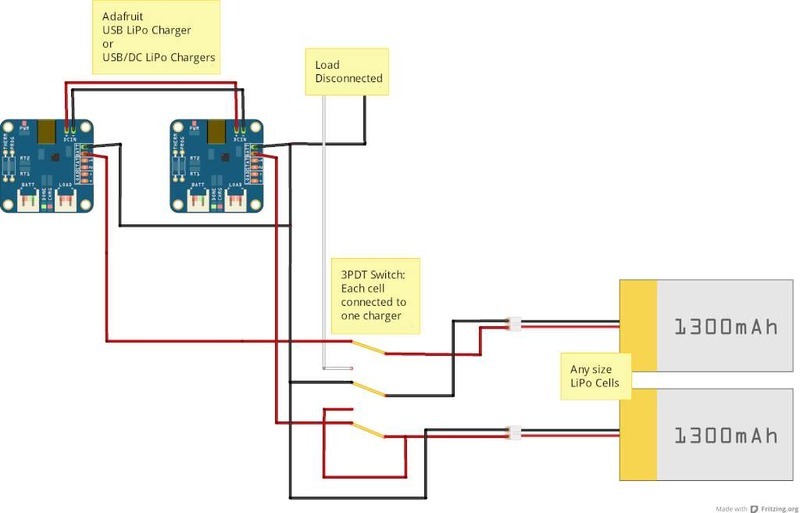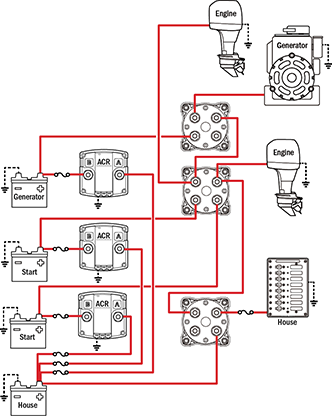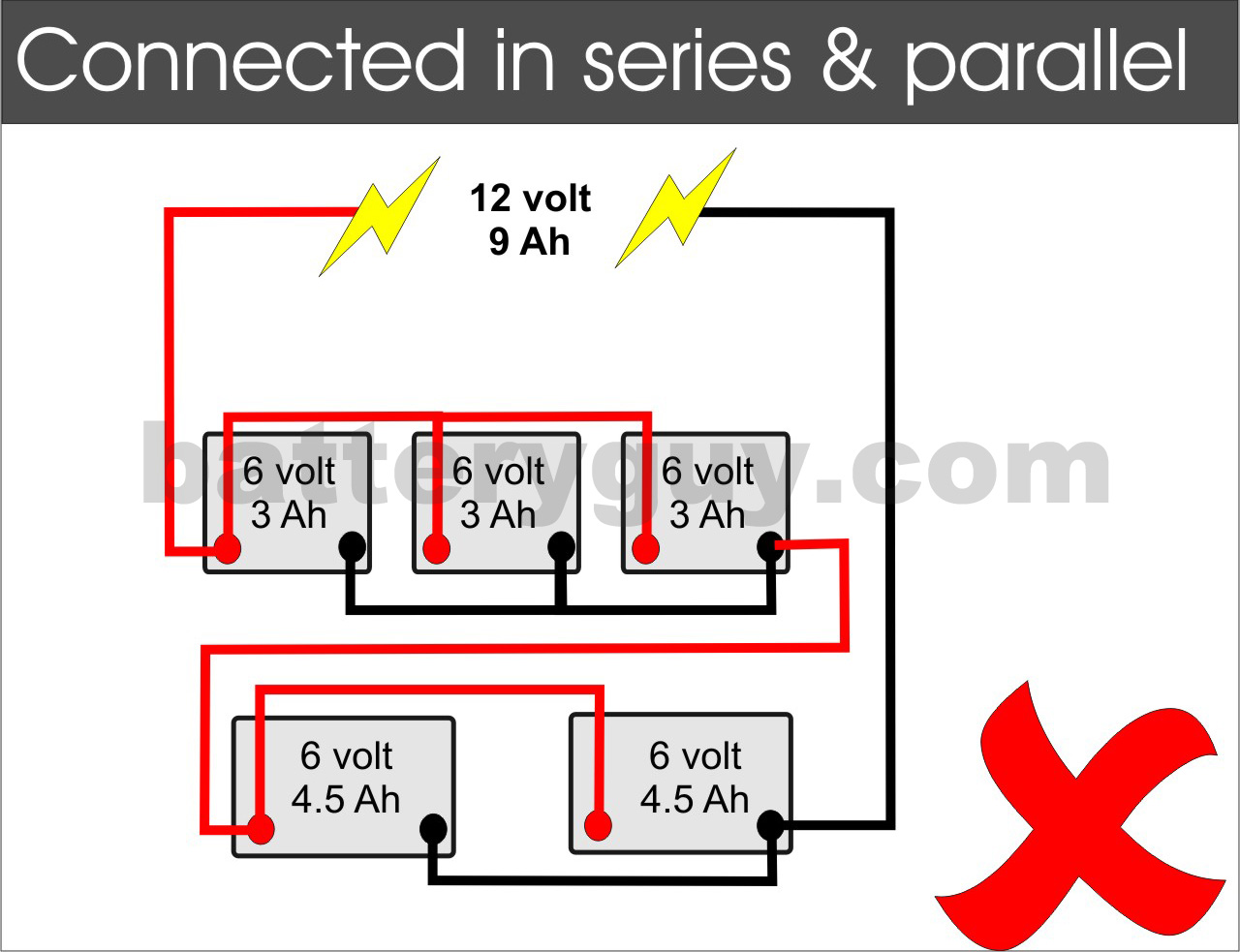Figure 1 unbalanced charging a common yet inefficient way of charging batteries in parallel. Multiply the time anticipated to charge one battery by the total number of batteries.

Serial And Parallel Battery Configurations And Information
Charging 3 batteries in parallel. An example method of charging batteries in parallel is to use one branch of the parallel circuit to charge each battery with a single charger. The process is simple but as the capacity of the batteries increases depending on the number of batteries wired in parallel it can take twice the time to charge two 12 volt batteries and three times as long for three batteries. For secondary rechargeable batteries the stronger battery would charge the weaker one draining itself and wasting energy. Figure 2 unbalanced charging each battery draws less amperage as power passes through an increasing number of interconnecting leads. If you connect rechargeable batteries in parallel and one is discharged while the others are charged the charged batteries will attempt to charge the discharged battery. For example if charging one battery normally takes three hours and you have five batteries linked in parallel the charging time will be five times three hours or 15 hours.
Its never a good idea to have any batteries in series with a parallel set. Number of leads that separate your battery from the charger is equal for each battery. Check that your battery charger is set for charging at 12 volts. With no resistance to slow this charging. If you have 3 batteries in parallel and force that through any in seriesthe series batteries will either restrict the maximum current flow or worseyou could be charging the series batteries which could cause them to failleakexplode. Connect the positive output of the charger to the positive terminal of the first battery and connect that positive terminal to the positive terminal of the second battery.
Draws 1795 amps draws 131 amps.

















